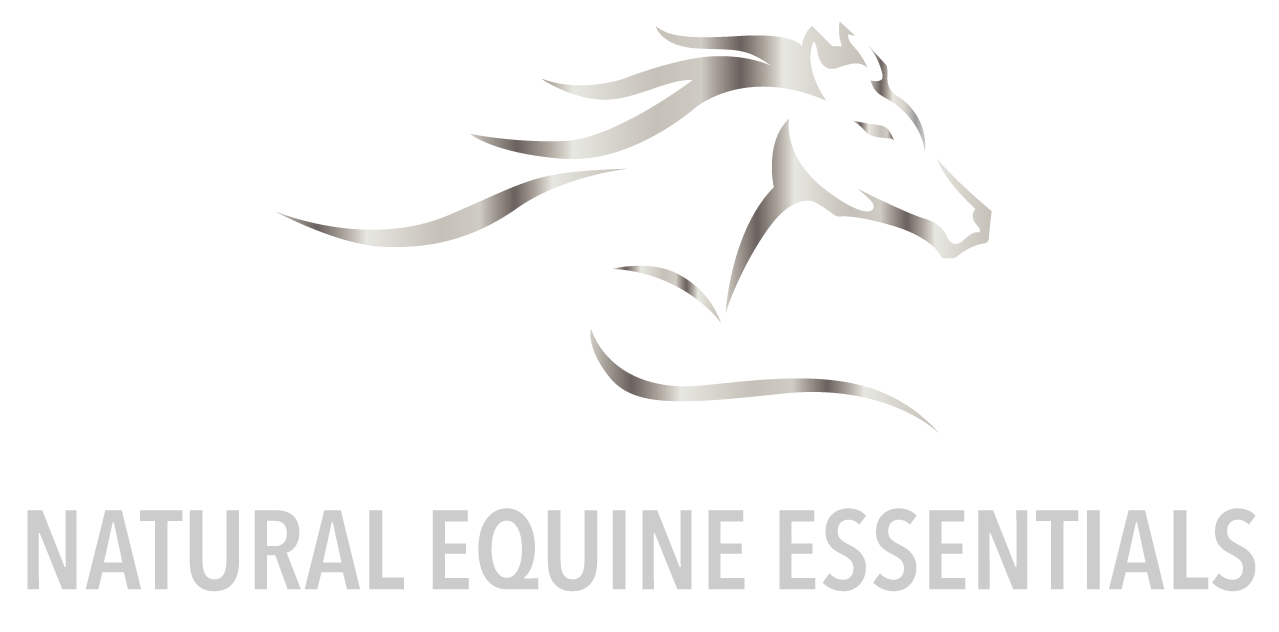The Horse Digestive System
The horse digestive system is not difficult to understand. Understanding how horses’ digestive tract works will help horse owners feed smarter and prevent digestive related illnesses.
Bacterial infections in the large bowel (also known as bacterial overgrowths or simply dysbiosis) come in many different shapes and sizes. Today we will be covering the multi-pronged approach to defining and treating bacterial infections or overgrowths in the large bowel.
Read MoreAlthough it’s not a cure-all, coconut oil may effectively reduce eczema symptoms by soothing skin, easing irritation, and reducing the risk of infection.
Eczema, often referred to as contact dermatitis, is a skin condition marked by redness, itching, and scaly patches that sometimes weep. It’s a chronic condition that may come and go over the course of many years. Its symptoms often start to occur in children under age 5, continuing to flare up and recede throughout adolescence and adulthood. There is no cure for eczema, but its symptoms can often be alleviated or controlled.
Read MoreBy Carey A. Williams, Ph.D., Extension Specialist in Equine Management
Digestive System Limitations
Horses are non-ruminant herbivores (hind-gut fermentors). Their small stomach only has a capacity of 2 to 4 gallons for an average-sized 1000 lb. horse. This limits the amount of feed a horse can take in at one time. Equids have evolved as grazers that spend about 16 hours a day grazing pasture grasses. The stomach serves to secrete hydrochloric acid (HCl) and pepsin to begin the breakdown of food that enters the stomach. Horses are unable to regurgitate food, so if they overeat or eat something poisonous vomiting is not an option.
Written by Katherine Blocksdorf · Reviewed by Anna O'Brien, DVM
Before you bring your new equine companion home, you'll want to learn about the basics of good horse care. Learn how to feed, house, and care for your horse or pony. Discover how pony care differs from horse care, what good health looks like and when to call the vet.
By Robert McDowell
Most horse owners and trainers nowadays give vitamins and minerals to horses as part of their daily program.
Since the discovery of Vitamin C and its link with the disease Scurvy was explained, we are accustomed to being told by the media and by health authorities that our health will be improved if we take additional Vitamin and Mineral supplements to our normal diets.
By Judith A. Reynolds, PhD, PAS
Although horses only need relatively small quantities of vitamins, the lack of those tiny amounts can be devastating to your horse’s health.
Vitamins comprise one of the six general groups of nutrients–the other groups are water, carbohydrates, proteins, fats, and minerals. Vitamins are organic (carbon-containing) compounds needed in relatively small amounts by the body to support normal metabolism, which involves the breakdown and formation of molecules within the body.
By Pat Raia
Experts share feeding, grooming, and bathing tips to keep your horse’s hair coat gleaming.
Most days, Dianne Welde’s gelding, Ringo, looks like he’s about to step into the show ring. The blaze down his face and all four of his stockings are bright white; his mane and tail are shiny and tangle-free; and Welde can almost see her reflection in his coat. Welde attributes Ringo’s shimmer to his diet—high-quality hay and plenty of good pasture as a foundation, along with quality feed that provides Ringo with some calories from fat. But she does not discount the fact that the horse also gets regular grooming—lots of it—from head to toe.
By Cassie Shortsleeve
Certain seeds, like chia and flax, tend to hog the nutritional spotlight. But the less-trendy sunflower seed has plenty of qualities worth highlighting. Here are the health benefits of sunflowers seeds, according to dietitians.
By Stacey Oke, DVM, MSc
Let’s delve deeper into the dietary omega 3 fatty acids benefits for horses, including economic benefits.
Some say beauty is only skin deep, and that beauty is in the eye of the beholder. But what horse lover doesn’t notice (and perhaps drool a little) when confronted with another horse on the course with way healthier skin than their own horse’s and a coat so dazzling it’s nearly blinding?
Equine gastric ulcer syndrome (EGUS) describes horses with erosions or other compromises of the stomach wall. Some horses show few signs of EGUS, whereas others colic, develop diarrhea, and have poor appetites, dull coats, decreased performance, and even behavior changes. Many ulcers develop in the squamous or nonglandular part of the stomach. According to the research team behind a new study*, EGUS should no longer be used as an all-encompassing term. Instead, horses with ulcers affecting the glandular region of the stomach, where stomach acid is produced, should be described as having equine glandular gastric disease (EGGD).
Read MoreGastric ulcers (equine gastric ulcer syndrome [EGUS]) are common in horses and foals. This syndrome is most closely associated with horses involved in performance disciplines; changes in housing or social interaction; and illness. Prevalence in unmedicated racehorses in active training is at least 90%, whereas that in non-racing performance disciplines exceeds 60%. Neonatal foals are at significant risk for development of perforating peptic ulcers until they are several weeks old, because their gastric mucosa is not developed to full thickness at birth. Although spontaneous healing of peptic ulcer lesions has been noted, if the horse is maintained in the circumstances inciting EGUS, the lesions are unlikely to heal without medical intervention.
Read MoreHas everyone—trainers, farriers, friends— ‘diagnosed’ your horse with ulcers? You should probably ask your vet for the truth.
The client walks into my office with a defeated expression. “My horse is really crabby/resistant/unhappy…” she tells me. Before she even takes a breath, I finish the sentence for her… “and your farrier/trainer/friend told you he has ulcers.”
Read More
